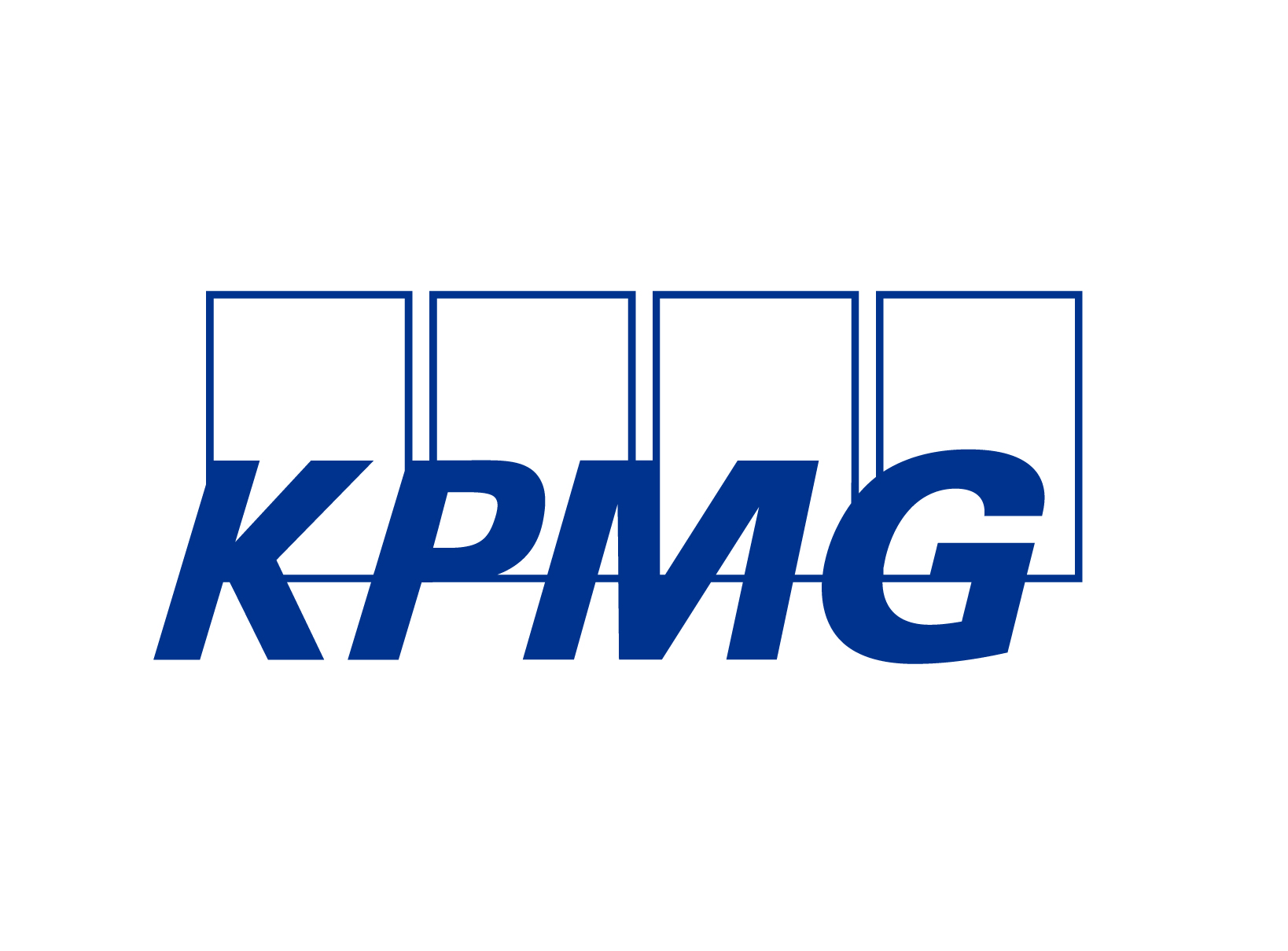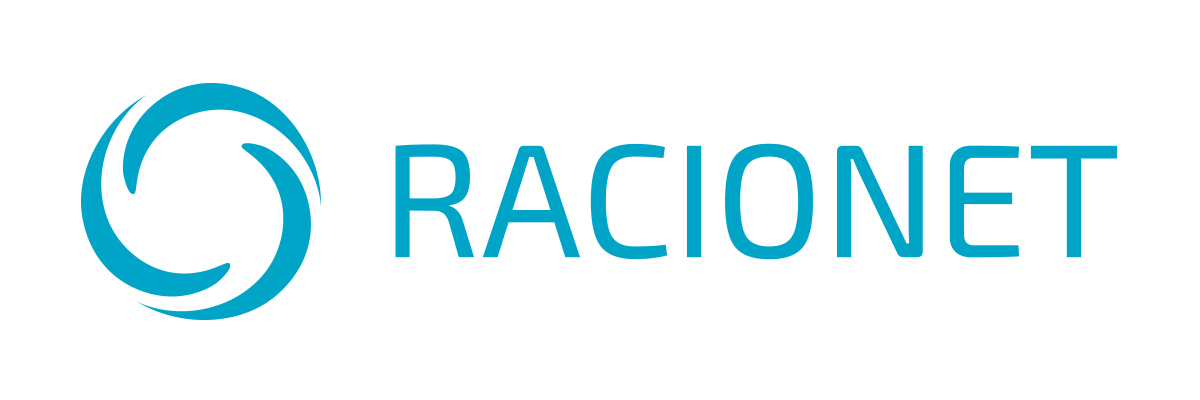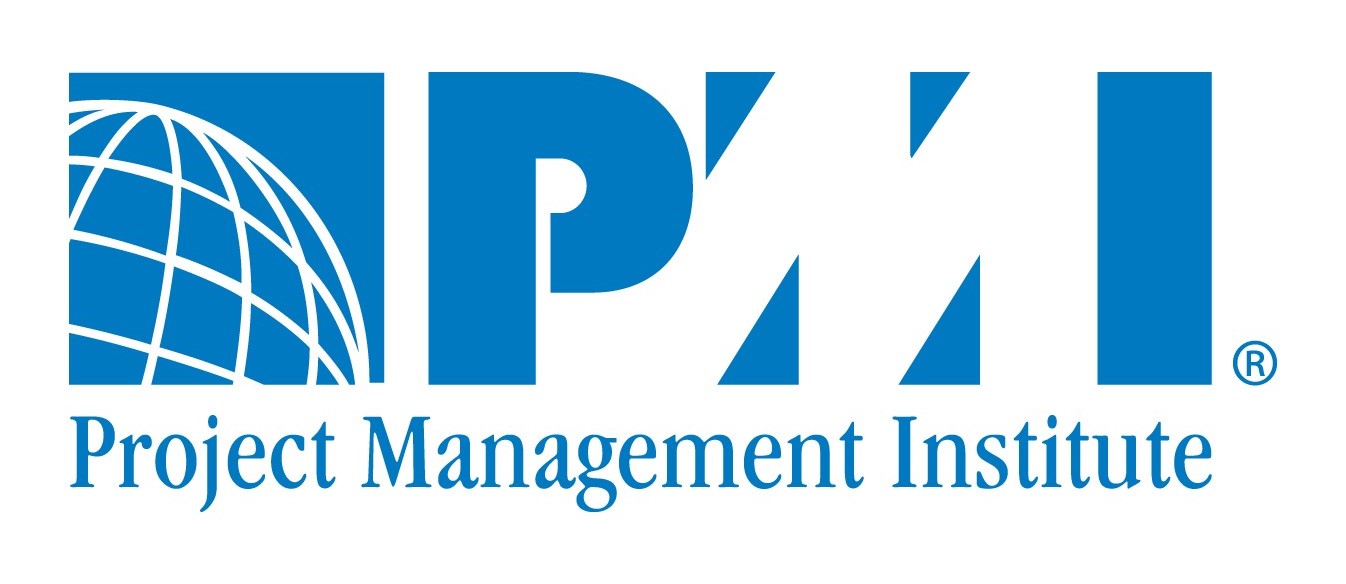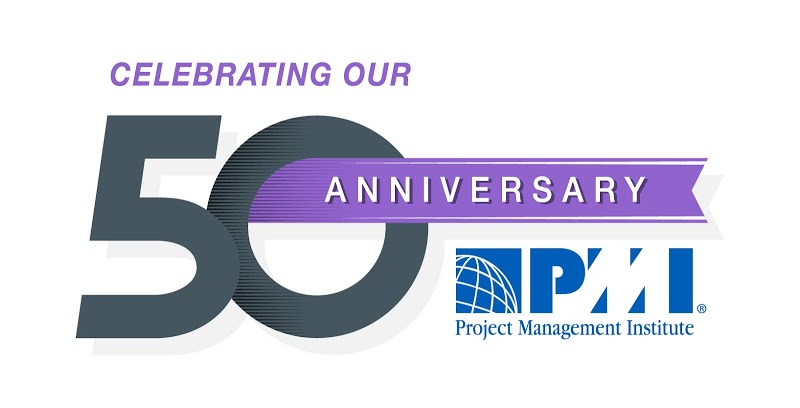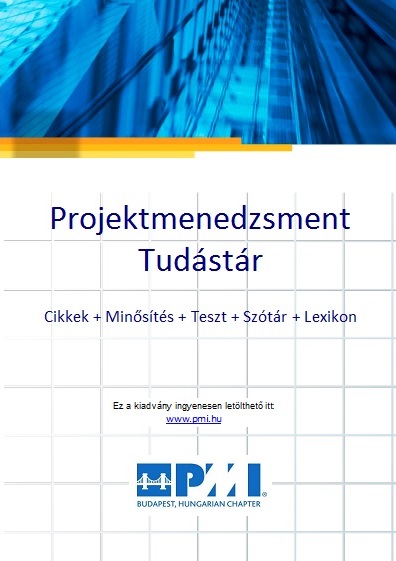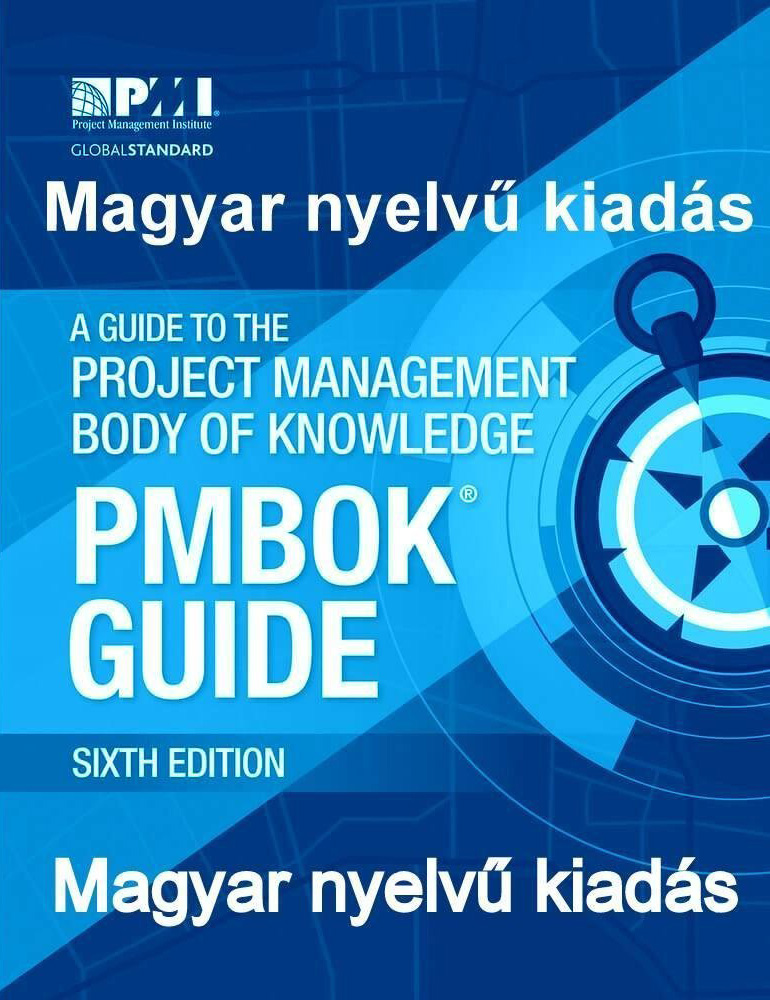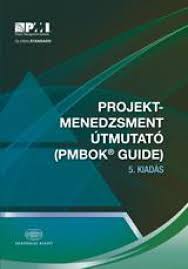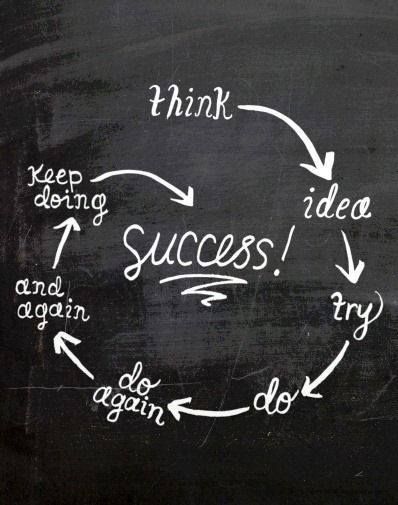 If we are performing work – internally or externally – that is helping to grow the company and yet we are struggling to accomplish this work because of poor communication, lack of detailed requirements or weak resource management and financial management of these efforts then it is likely that the organization could benefit greatly from the creation of a formal project management infrastructure. Your organization is thinking of implementing a project management infrastructure. Till now, you've gotten by on managing “projects” on the fly -- grabbing some info off the Internet to help those who have been forced into managing these one-off and mainly internal projects succeed -- or at least not fail miserably.
If we are performing work – internally or externally – that is helping to grow the company and yet we are struggling to accomplish this work because of poor communication, lack of detailed requirements or weak resource management and financial management of these efforts then it is likely that the organization could benefit greatly from the creation of a formal project management infrastructure. Your organization is thinking of implementing a project management infrastructure. Till now, you've gotten by on managing “projects” on the fly -- grabbing some info off the Internet to help those who have been forced into managing these one-off and mainly internal projects succeed -- or at least not fail miserably.
Now, as you take on more initiatives and your company is expanding, you're becoming more technical, possibly incorporating work you do for outside clients into projects, you begin to see a need for greater structure. Consistent delivery is likely to bring repeat successes, increased customer satisfaction, and as a result, greater, faster company growth. In short, you see a need to create structure and formality so that your staff can succeed at delivering on an ongoing basis.
What do you do? What are those first steps? Here's what I've seen, done, learned and discussed with clients over the past few years.
Assess the need. First, assess the need. Where have we gone so far with project management? Is it enough? What is the five year outlook for corporate growth? And is that satisfactory? If we are performing work – internally or externally – that is helping to grow the company and yet we are struggling to accomplish this work because of poor communication, lack of detailed requirements or weak resource management and financial management of these efforts then it is likely that the organization could benefit greatly from the creation of a formal project management infrastructure.
I'm not saying that a full-on project management office (PMO) is necessary. It may be. Or not. But by hiring some experienced project managers, or at first bringing some consulting project managers to work with existing staff, and then those resources working together to both manage projects and create structure and a knowledge-base around the work they are performing can be an amazing boost to corporate growth in the right situation.
The hiring process. Is the need big enough to hire a staff of project managers? Do we need a PMO with a PMO director at the helm? Do we just want to start off by bringing in 2-3 consulting project managers and proceed from there? All of this depends, of course, on the amount of potential project work you have coming up in the next six months and what you believe the landscape to be in the next five to 10 years.
I've worked with several startups as a consulting project manager – their only PM in some cases – and it worked well for me to handle the 3-4 projects they had and work with two or three individuals brought in or groomed to be project managers long-term. It all depends on the budget and need – both short term and long term.
Implement the templates. This is where the Internet is a wonderful tool. There is an abundance of free documents and templates that organizations can search for and find and use for their own project management infrastructures. And the PM processes and templates are generally very scalable.
Networking with other project managers and organizations online and in person can also help your current team and organization acquire critical knowledge to help this initiative get off the ground.
Rollout the methodology. Basically, this means educate the masses. This is where you take what you've created in terms of a project management methodology and roll it out to the entire organization. This is where you let them know it exists, how to take projects to it including the project initiation process, and the type of management and communication they should expect. You're trying to build confidence in the process so that the entire organization will use it and buy-in to it.
Confidence and satisfaction is not just at the customer level – it is also an internal thing when we are talking about new departments and infrastructures like this that you are asking teams to trust their needs, financial resources and possibly outside customers to.
Summary / call for input
The idea is to create a needed structure...actually infrastructure...where there was none. And why? Because what you've been doing – even without much structure – has made you aware of the benefits of some formal project management discipline wrapped around the work that you do. With more structure...more formality...more tools, the likelihood of repeatable successes followed by customer satisfaction and a larger customer base and, therefore, corporate growth, is much higher. So, the decision is to go for it...and these steps should point you in the right direction.
What about our readers? What do you think of this list? What would you add to it or change about it? Please share your own thoughts and experiences.






